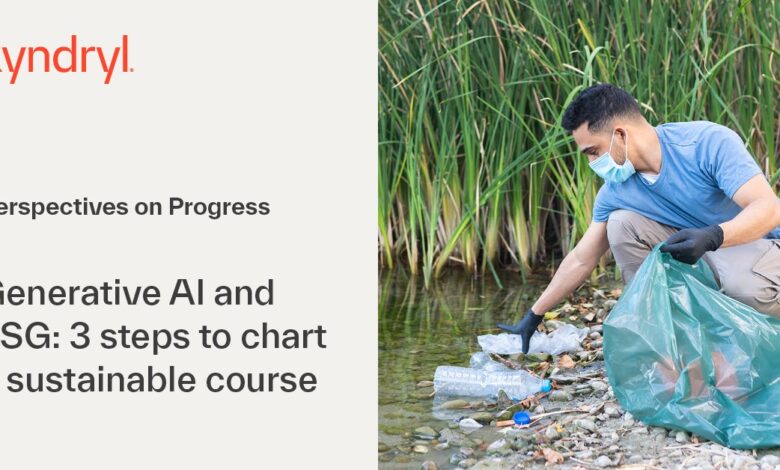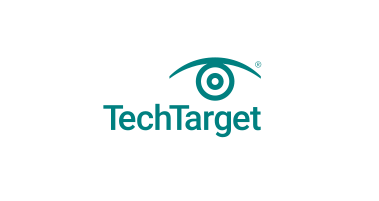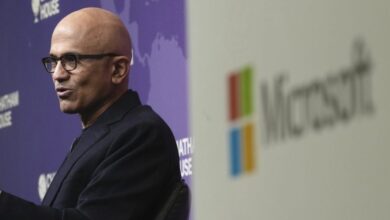3 steps to chart a sustainable course

When viewing generative Al opportunities through a SEE lens, the initial questions a team would ask are:
- What is the potential social impact? How does using generative Al affect employee and customer experience? What are the implications for the brand and reputation?
- What is the economic impact? What are the potential financial and risk implications of scaling up generative Al tools? How might it influence our business outcomes?
- What is the potential environmental impact? How does the value of this technology weigh against its emissions footprint? What is its effect on our environmental objectives, like achieving net zero.
How to chart a sustainable course for generative Al through SEE
Here are three steps for any team aiming to find this balance and maximize the benefits of generative Al, while aligning with company values:
Step 1: Establish and measure your baseline
From day one, make it a priority to integrate a system of measurement and monitoring, so you know exactly how the technology drives efficiency and experience among your workforce, as well as its influence on your energy usage and its broader environmental impact.
With this practice in place, the next phase is to understand and document across important baselines before implementing your generative AI solution. Without a thorough understanding of your existing, A) greenhouse gas emissions, B) quality of existing employee and customer digital experiences, and C) current business risk profile and dependency on energy and third-party services, it becomes very difficult to assess the true impact of generative Al on these areas.
Step 2: Set thresholds and targets that meet wider business objectives.
With any emerging technology, it’s all too easy to develop tunnel vision, channeling focus and resources into a single objective at the expense of equally critical goals.
To address this, key stakeholders from across your different lines of business should consider sitting down for a sync about their respective thresholds and targets. The objective here is more than just a familiarity with other departments’ goals. Rather, it’s to ensure your team understands how these various goals impact each other in both the short and long term.
Naturally, this process will involve negotiation, prioritization and compromise. Not every threshold or target can lead the charge. Some teams, for example, may decide to place a premium on automation, while remaining fully aware that this will require plans to offset emissions in the future. For others, it may mean prioritizing employee experience, while recognizing the need to cut costs again down the line.



